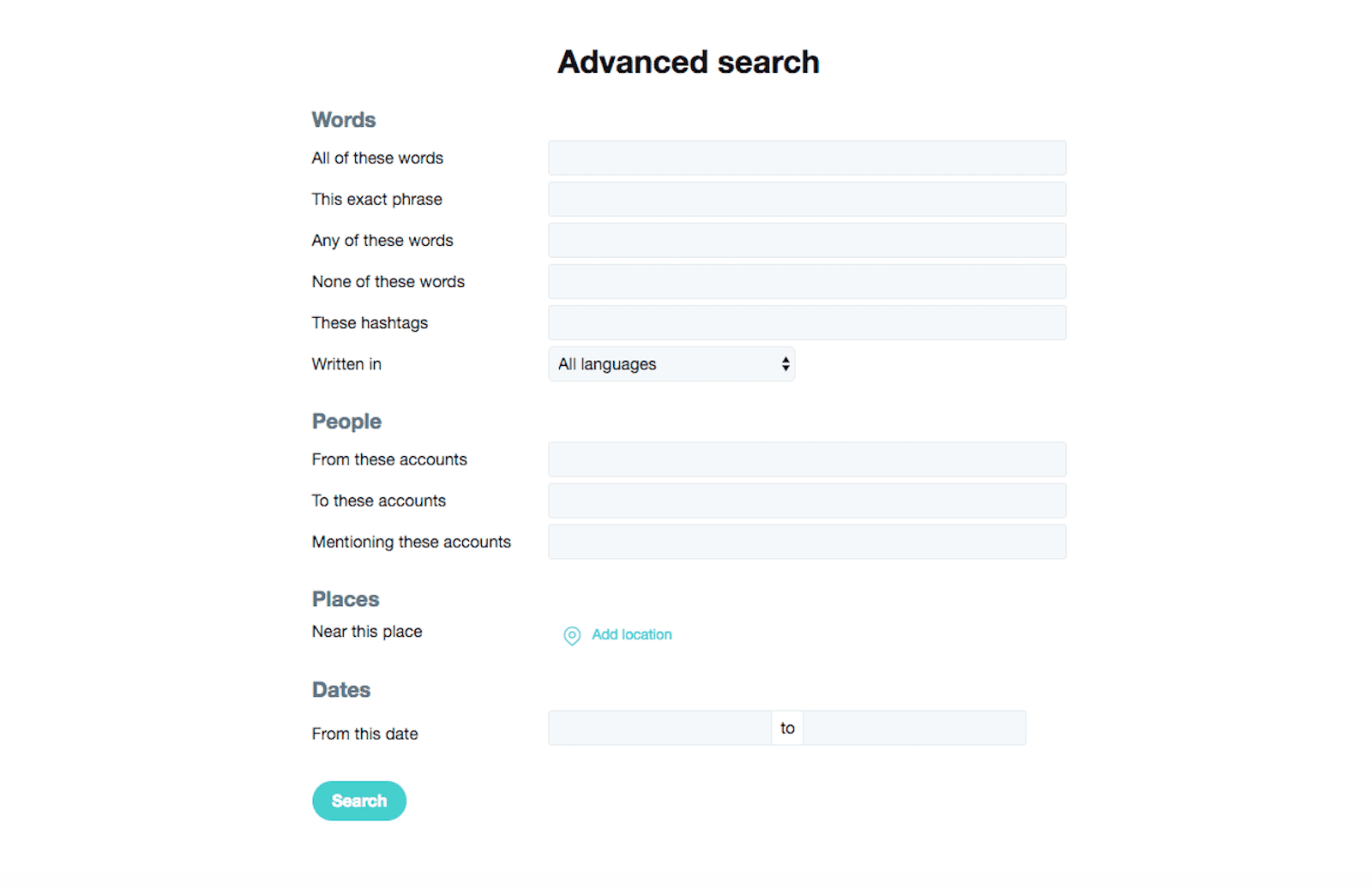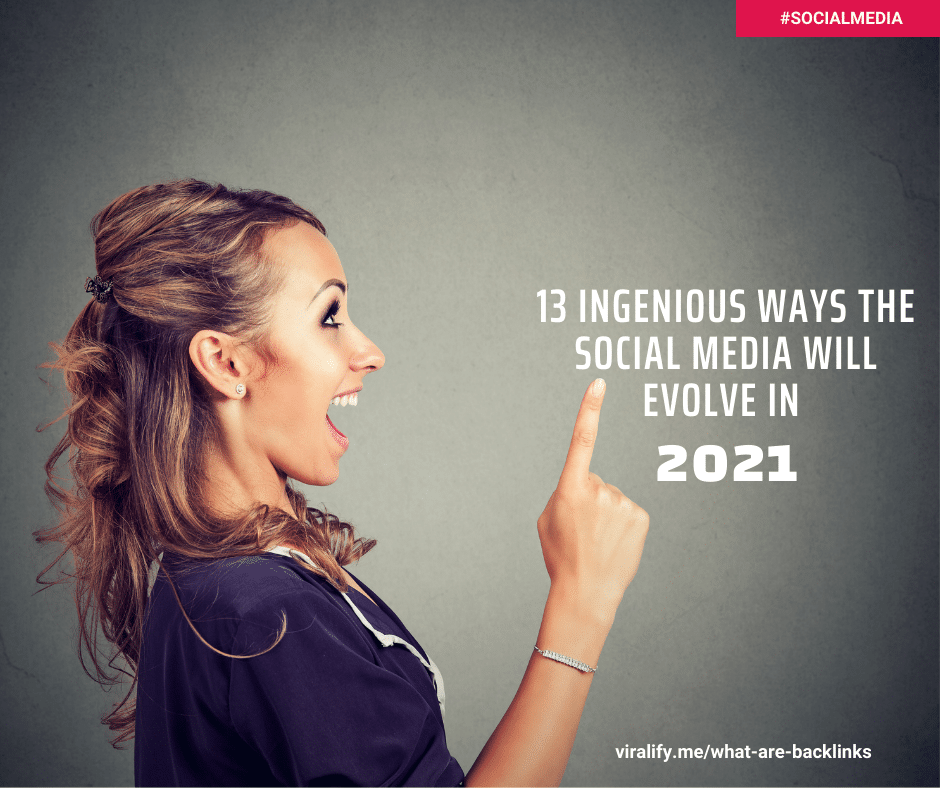Social media used to be defined as a set of computer-mediated technologies that facilitate the creation and sharing of information, ideas, and other forms of content and applications via so called virtual communities taking advantage of modern network and communications infrastructures. Social media uses web-based technologies to create a variety of interactive platforms through which individuals and communities can share, create, modify, and discuss different types of information and digital content, which is available in the global Internet landscape. It can be stated that during the last one-two decades, social media applications have introduced significant changes to the way people communicate, as well as businesses and more over entire communities organised through common interests.
Moreover, the recent developments in Internet and communications technologies, media and entertainment sectors, as well as many other spheres of professional activities and life show that social media becomes a standard part of different services and applications offered to people through a variety of communication and consumer devices; computers, tablets, smart phones, smart watches, etc. Furthermore, so-called classical media services, such as broadcasting and even traditional paper-based media, are more and more introducing and using various social media technologies, to improve the overall user experience and further extend their offers and businesses.
In the near future it will be more and more difficult to distinguish among traditional media and social media.
From the beginning of its existence, social media at large has evolved in various and not always predictable directions. Thus, new social media services and applications have been continuously established and deployed and there is no sign that this trend will stop in the future. We can expect a number of developments that will result from not only regulation and standardization (as mentioned above) but also from innovation in content production and digital technologies. As an example, in comparison with the social networks of human beings there is a need to consider a notion of social relationships among things – Social IOT – making devices and objects not only smart or connected but also social. Here, several different technologies need to be studied and integrated and further researched in order to understand how intelligent and social things can impact social media.
Distributed ledger technology
Blockchain is paving the way for a new approach to social platforms, offering efficiency, privacy, and security for content producers and distributors as well as end users. Not only can blockchain be used for enabling the design and exchange of crypto currencies and digital micro payments, but also to enable smart contracts. Whereby decentralized licensing systems can be used to enable a producer of content to track usage and define the terms under which it will allow its content to be published by a third party.7
As more marketers are using social media to promote their products and services, what do you think these marketing platforms have left to offer in the future?
Big data – collection and analytics
Social media platforms have a relevant impact on modern society since they have increasingly been changing people’s way of living and interacting with the rest of the world. They have been able to attract an increasing number of users by providing services and opportunities according to a business model that on a user’s side is perceived as ‘for free’. By entering the social network, users have access to a community that shares information, content, and emotions and the opportunity to always be connected with personal contacts, whatever the physical distance between them.
In return, users are asked to provide essentially the following things:
- Explicit personal data (e.g. name, age, place of living…)
- Users’ interactions within the social network (e.g. posts, photos/videos shared with the community, comments on other posts…)
- The right to collect, store, and elaborate any user data for various purposes.
Social media platforms, by means of ‘big data’ collection and analytics, can derive the preferences and usage behavior of their members and use this data to monetize, selling the data to third-parties such as advertising agencies that have the opportunity to issue efficiently targeted marketing campaigns. Furthermore, social media providers use all the information retrieved by user interaction within the community to generate useful insights that helps to update and optimize the existing services and to create new services.
Social media providers are also increasingly (whether through desire or being required to because of external pressures) exploring ways to become trusted entities for audiences accessing news and information. Facebook, for example, has implemented initiatives to flag potential fake news content.
Other services that are increasingly exploiting the big data-social media value proposition include the online travel market, whereby “travel companies are targeting different customer demographics personally in email and social media messages”, and robust data capabilities are helping to “identify visitors across different channels and devices, driving personalized marketing and customer journeys”.
And also immersive technology applications (augmented reality (AR) and/or virtual reality (VR)) which will likely become an every-day reality of people’s social networking – from the way consumers will engage with advertising and marketing, to the way they can access and consume content, to the way they interact with each other (and each other’s content). This, of course, will be accelerated by the implementation and roll-out of 5G.
Social TV
Social television (social TV) is the union of television and social media, which is becoming increasingly popular in society. Video now exceeds 50% of all traffic on Facebook and is expected to rise to over 75% in the next few years.
Also on Facebook, video has primarily been short clips (a few minutes) but in mid 2017 Facebook Watch was launched – a service offering long-form television, including specially commissioned content. Also, many people increasingly watch both short- and long-form content on YouTube and other similar platforms. They upload, share, and comment upon a huge range of video, whether self-generated or from secondary sources. In the last 20 years the competitive and commercial pressure in the television industry has increased tremendously as a result of an ever-increasing number of channels and digital platforms viewers can use to access their content.
In order to retain viewers, social is a recognized and proven proposition for introducing interactive elements to traditional broadcast formats, with the aim of making formats more personal, dynamic and attractive for viewers, which decreases churn.
While socializing broadcast productions is a promising and innovative playing field, there’s another aspect that’s often overlooked, namely the surrounding advertisements and promotions that essentially bring income for the broadcasters (as well as for the social media platforms where there is a revenue share). It will be interesting to observe in the future if audiences and engagers of social TV become disinterested and irritated by advertising and marketing campaigns in a similar way to traditional TV broadcast audiences. Who seemingly turn to social media as one way of disengaging from TV advertising, which is adding to the decline in advertisement revenues for traditional broadcast TV..
Paradigm change from off-line to online publishing
The digital transition has significantly transformed the publishing value chain; introducing substantial opportunities for disinter-mediation, as digital technologies eliminate certain limitations of the physical world, but also for reintermediation, as new players take up some of the new functions. Whereas a disruptive potential is obvious, however, the digital transition does not eliminate or even completely subvert the essential roles of the value chain: e.g. the writing and publishing of books as one of the prominent examples.
For publishers, new production processes entail a multiplication of tasks, linked in particular with the production of e-books and the management of metadata, as well as a wide range of innovations in products (mostly focused on the digital enhancement of books), services and business models (as the sale of books shifts toward the commercialization of access models). Social media is an important element of this evolving framework: it provides an alternative channel for marketing and sales to publishers, and allows the creation of a direct link with readers, establishing a dialogue and also highlighting and raising the profile of a publishing house among its customers.
Social media can also become a tool for innovation in book production, as it can be a vehicle to involve readers in the creative process. Several social platforms dedicated to books, stories and reading have emerged, including Medium and Flipboard,which develop communities of interest and can become, in turn, instrumental for the launch of books and authors.
Enhanced user-generated content
Improved tools for media acquisition and processing are propitiating the increase of user-generation content, particularly across social media channels.
Thus, the content is fed, consumed, and evaluated by its own users, where the long-term vision is that any user can create engaging original content, such as audiovisual and 360-degree video, with the ability to also distribute and monetize, supported by tools and technology that will also add trusted and secure value.
In the future, individuals, communities and organisations will be able to produce sellable content, without a central media agency, with a trusted origin and quality given by the community peers and AI and blockchain tools to support provenance verification, creation (and co-creation), exchange, and equal rules for content monetization.
Decentralised vs centralised social media approach
The centralist focus of current social media platforms is problematic and is mostly based on the traditional media approach that offers one ‘central’ channel (newspaper or television) for all content. To ensure the audience of these channels receives relevant information, the content distribution is curated and/or edited. In the case of social media this curation is mostly done by an algorithmic assessment of user interests and based on engagement signals (e.g. likes, comments etc) that are spread by the user and/or the directly related social network.
These signals are then automatically matched with content (both from the social network of the user and commercial/ads) resulting in a mix ed stream of content ‘personalized’ to what the algorithm thinks the user might find interesting.
The main benefit of the centralistic paradigm of current social media networks is the establishment of a ‘marketplace’ for premium (ad-based) content resulting in most social network providers focusing on matching content with user interests to increase engagement, the main metric to assess content value and interest.
Cognitive Search information
Today, the usual way to find information is to use search engines, which are browsing huge databases trying to find matches with the user queries. Search engines are software systems designed to search information on the web. They get their information by web crawling from site to site. The ‘spider’ checks for the standard filename addressed to it, before sending certain information back to be indexed depending on many factors such as the titles, page content, headings etc. Indexing means associating words and other definable tokens found on web pages to their domain names and HTML-based fields.

Social IoT networking
In the next future, there will be more connected things (objects and devices) than humans and these things will have to communicate together in order to synchronize themselves or to solve a problem. Such use cases should be researched and developed across a range of industries and government priorities, such as IoT (Internet of Things) and 5G networks, health, logistics, energy, smart cities, and Industry 4.0.
The evolution of IoT is transforming our lives into a cyber-physical-social hyperspace and changing what it means to be social, thanks to smartphones, tablets, and all types of wearable and stationary devices, which are connecting people and things both directly and indirectly through various applications and platforms. In the future, many applications and services will require associated groups of things interacting among them, based on technologies such as swarm intelligence and swarm robotics. The establishment and management of relationships among things can occur with different levels of human intervention. In one case human is responsible only to set the rules of the things social interactions and then enjoys the services resulting from such interactions and groupings, while in the other case things just participate in the human social network built by their owners.
Social Media Is Maturing
When social media was first introduced, it created such a splash among early adopters. Now, it is an important part of an individual user’s and a marketer’s life. However, that importance goes beyond the fact that it is something new, but rather because it has proven its worth. This is how social media has matured and grown in value to the marketing world and to society in general.
Social media has undergone a few significant changes. While it used to be a platform for anything viral, it has now become a platform for meaningful engagement. Now, companies need to ensure that they not only have a Facebook account, but that they are also active in it while engaging their followers by posting informative, relevant content.
Consumers now use social media to engage with their favorite brands. They use it to relay their message to the companies and to fellow consumers.
Social Media Makes Data even more valuable
It is expected that companies will be keener on connecting with their customers to turn them into loyal buyers. To do that, they need to use proximity data, purchase history, search history, and social media posts, among others, to create a message that will push a potential customer to go to the store or to click through to the website without bothering that customer.
The root concept here is “connection.” By combining customer information with the impact of social media, you can create a more personal interaction with prospects in real time.
You can resolve customer complaints or answer customer queries faster because of all the information that you can get your hands on via customer relationship management. Soon enough, it may be possible for you to walk by your favorite local restaurant and get a tweet about an offer on their specials.
Marketing will Improve
Social media will become a more central component to content-based marketing programs.Brands will become mobile-friendly because of how most consumers will rely on their mobile devices to access the web and search for products and services. But the change lies in the customers’ expectations of what social media can do for them.
Social media will be used more than just a tool to communicate and promote your offers to the customers. It will become an effective tool to engage and create loyal customers out of your social media followers and fans. This makes social marketing the heart of your marketing plan, not just an afterthought. Instead of hard selling, try talking to your customers through social media and find out what they need, what they really think of your offers, and what they expect from your brand.
It,s all going Mobile
Mobile is going to dominate over desktop when it comes to accessing the Internet. In fact, it’s starting to show now. But it is more than just using tablets and smartphones connected to cars. Your car dashboard will have a built-in touchscreen browser, a technology that you can now find in Tesia Model S, the first of its kind of vehicular mobile Internet.

Then there’s wearable technology, such as Google Glass, that revolutionizes connectivity. Google has just announced adding more sales channels for their wearable product, which might soon enough before major eye wear brands will also get their hands on this technology.
As a result, you need to make your content and social media platforms mobile-friendly. This means creating shorter text content, introducing tappable elements, and using video to improve mobile user experience. Try to include more visual elements to the mix.
Content Marketing will develop Further
Content marketing is important as it is as a tool used by marketers to reach customers and improve website rankings. But the ability to create and post content used to be a problem among marketers.
Technology has helped deal with this challenge by introducing sleeker, cheaper, and user-friendly content management systems. CMS has made it easier to publish social content to promote their brands.
You can expect better technologies to possibly automate content creation.
While expecting these possible changes to social media, make sure that you are prepared to adapt to the trend. Get ahead of your competitors by allocating more budget to both social and mobile marketing strategies today. This will help you hone the necessary skills and ability to find effective social programs. You should try to perfect your monitoring, reviewing, and implementation processes for your social marketing efforts, too.















